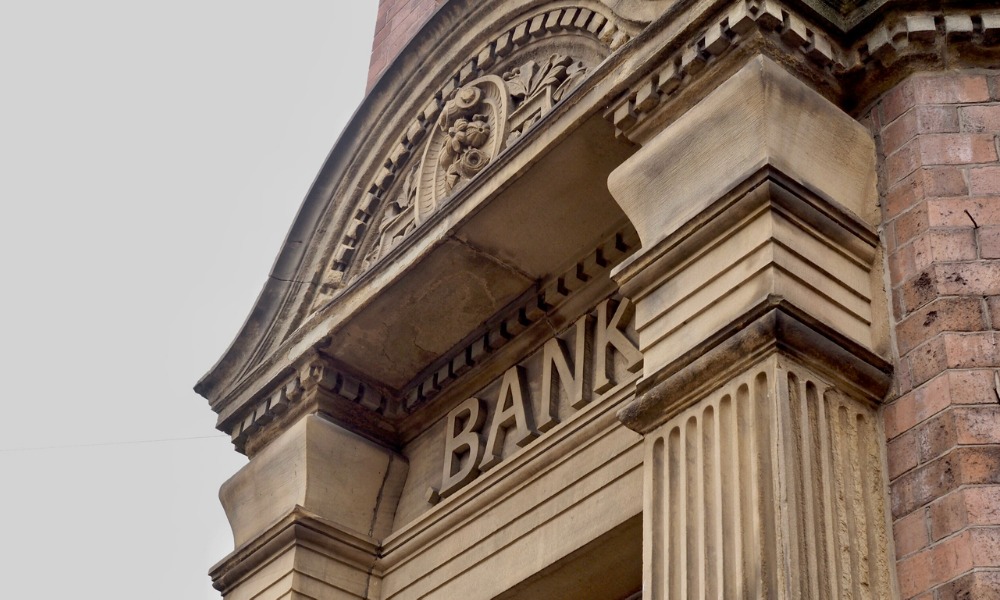Expert panel predicts that mortgage failures will rise, but banks will weather the downturn

A panel of analysts predicts that mortgage failures in Australia will increase alongside soaring house prices, compounded by the impact of rising interest rates and rapid population growth. However, they said that banks would likely weather the downturn well.
During the S&P Australian Property Spotlight Seminar this week in Sydney, experts warned that the housing sector is heading for a challenging period, with construction prices hurting builders and the commercial office and retail markets experiencing volatility due to lower demand and higher interest rates, The Australian reported.
Sharad Jain, financial institutions director at S&P Global Ratings, highlighted the complexities in determining property price trends, with conflicting forces driving demand and pushing up costs. Despite the Reserve Bank raising the cash rate multiple times since April 2022 to 4.1%, S&P Global Ratings expects further increases, potentially peaking at 4.6%. This has led to the fastest rent increases in a decade, nearly reaching 5% year-on-year, The Australian reported.
Property transactions have dipped below their 20-year average, resulting in heightened competition among buyers for limited housing supply. As the impact of interest rate hikes continues to unfold, almost 45% of fixed-rate mortgages are set to reprice within the year, with an additional 30% next year, according to The Australian. This could potentially lead to further house price declines.
Erin Kitson, the structured finance ratings director at S&P Global Ratings, pointed out a divergence in property performance, with outer suburban areas showing slight gains while inner cities remain robust. She expected mortgage arrears to peak by the end of the first half of the following year, reflecting a lagging indicator of the housing market's health.
Read next: Mortgage delinquencies spike – report
Despite these challenges, the analysts believed that Australian banks will remain relatively insulated from the downturn, effectively weathering the impact of rising interest rates.
While they anticipated a slight increase in non-performing assets, it is expected to remain low, peaking at current levels over the next year. Credit losses for banks are also projected to peak at pre-pandemic levels.
“We expect that to remain low, but peak at around the current level in the next year or so,” Jain said, adding that credit losses for banks would peak at around “the level we saw before COVID”.
Data from S&P shows that non-performing housing loans have already started rising since December 2022, with borrowers with loan-to-value ratios of 90% to 95% being the worst-performing segment, according to The Australian. AMP's chief economist, Shane Oliver, pointed out early indications of stress in the market due to a recent increase in listings during the typically quiet winter period. However, he said that house prices are unlikely to decline unless unemployment rises.
Have something to say about this story? Let us know in the comments below.



